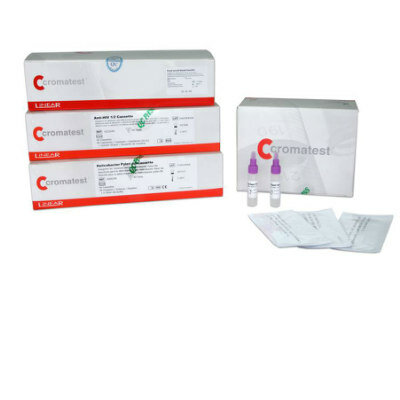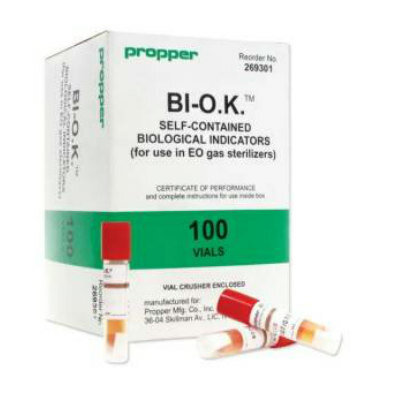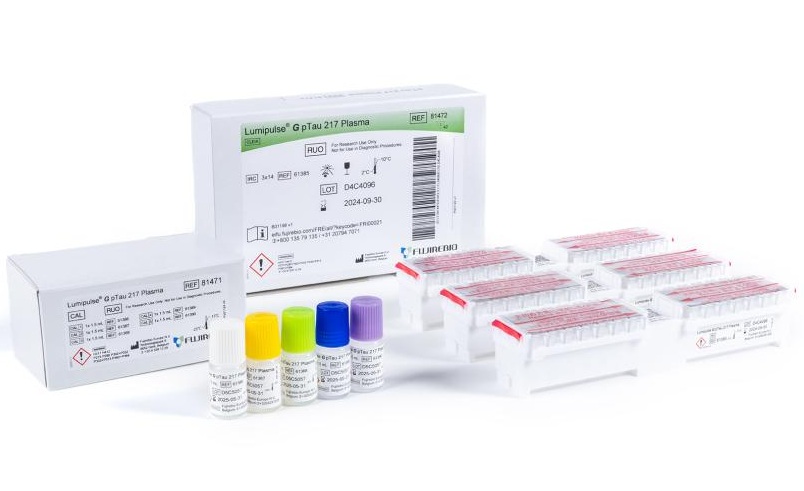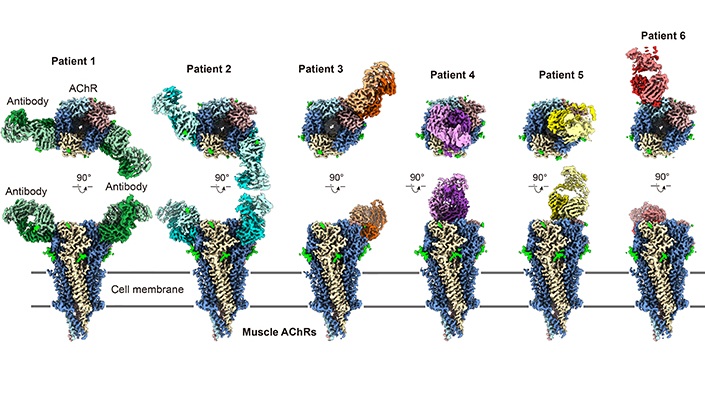Elevated Fructosamine Levels Associated with Increased PJI Risk
|
By LabMedica International staff writers Posted on 24 Nov 2020 |
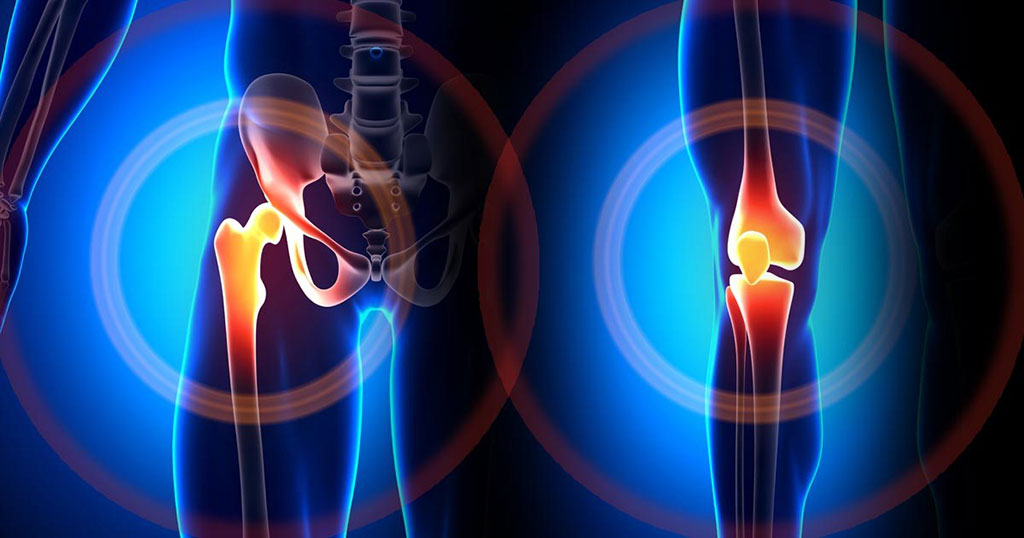
Image: Elevated fructosamine levels were associated with increased periprosthetic joint infection risk (Photo courtesy of Kristine Houck, MA).
Periprosthetic joint infection (PJI) is the most serious complication that lowers the quality of patients’ life by elevating the patients’ burden of cost and affecting the outcome of total joint arthroplasty.
The fructosamine test is a measurement of glycated protein, mainly albumin (the main protein in the blood). When glucose levels in the blood are elevated over a period of time, glucose molecules permanently combine with proteins in the blood in a process called glycation.
Clinical scientists at the Rothman Orthopaedic Institute (Orlando, FL, USA) evaluated in a prospective multi-institutional study preoperative fructosamine and HbA1c levels in patients who had elective total hip arthroplasty (THA) from November 2017 to August 2018. The total patient cohorts included 1,212 patients and patients with and without diabetes were enrolled. The teams assessed fructosamine and HbA1c levels two to three weeks preoperatively. Adverse outcomes, such as PJI, wound complications, readmission and mortality, were assessed at one year postoperatively. A fructosamine level greater than 293 mol/L was defined as inadequate glycemic control and as a predictor for adverse outcomes.
Overall, 960 patients were available for follow-up at 1 year, at which time 3.5% of patients showed inadequate glycemic control based on fructosamine value. This was an unexpected finding as among patients with elevated fructosamine, 85% were unaware they had pre-diabetes and 42% were unaware they had diabetes. The PJI and mortality rates were six times higher in patients with high fructosamine. Readmission rates were five times higher in patients with high fructosamine. Patients with high fructosamine groups had PJI rates of almost 10% and readmission rates of 16%.
Noam Shohat, MD, an orthopedic surgeon and lead author of the study, said, “Fructosamine is inexpensive and readily available marker. It is better reflects the glucose levels prior to surgery. So, it is a better reflector and predictor of outcomes and responds quicker to treatment. For those with levels above 293 mol/L, we strongly encourage you to reconsider the need for surgery.”
The authors concluded that the association between high fructosamine levels and increased risk for PJI was statistically significant after adjustment for age, comorbidities and preoperative HbA1c levels in a regression analysis. The study was presented at the American Association of Hip and Knee Surgeons Annual Hybrid Meeting held November 5-8, 2020 in Dallas, TX, USA.
Related Links:
Rothman Orthopaedic Institute
The fructosamine test is a measurement of glycated protein, mainly albumin (the main protein in the blood). When glucose levels in the blood are elevated over a period of time, glucose molecules permanently combine with proteins in the blood in a process called glycation.
Clinical scientists at the Rothman Orthopaedic Institute (Orlando, FL, USA) evaluated in a prospective multi-institutional study preoperative fructosamine and HbA1c levels in patients who had elective total hip arthroplasty (THA) from November 2017 to August 2018. The total patient cohorts included 1,212 patients and patients with and without diabetes were enrolled. The teams assessed fructosamine and HbA1c levels two to three weeks preoperatively. Adverse outcomes, such as PJI, wound complications, readmission and mortality, were assessed at one year postoperatively. A fructosamine level greater than 293 mol/L was defined as inadequate glycemic control and as a predictor for adverse outcomes.
Overall, 960 patients were available for follow-up at 1 year, at which time 3.5% of patients showed inadequate glycemic control based on fructosamine value. This was an unexpected finding as among patients with elevated fructosamine, 85% were unaware they had pre-diabetes and 42% were unaware they had diabetes. The PJI and mortality rates were six times higher in patients with high fructosamine. Readmission rates were five times higher in patients with high fructosamine. Patients with high fructosamine groups had PJI rates of almost 10% and readmission rates of 16%.
Noam Shohat, MD, an orthopedic surgeon and lead author of the study, said, “Fructosamine is inexpensive and readily available marker. It is better reflects the glucose levels prior to surgery. So, it is a better reflector and predictor of outcomes and responds quicker to treatment. For those with levels above 293 mol/L, we strongly encourage you to reconsider the need for surgery.”
The authors concluded that the association between high fructosamine levels and increased risk for PJI was statistically significant after adjustment for age, comorbidities and preoperative HbA1c levels in a regression analysis. The study was presented at the American Association of Hip and Knee Surgeons Annual Hybrid Meeting held November 5-8, 2020 in Dallas, TX, USA.
Related Links:
Rothman Orthopaedic Institute
Latest Clinical Chem. News
- New Method Uses Pulsed Infrared Light to Find Cancer's 'Fingerprints' In Blood Plasma
- Carbon Nanotubes Help Build Highly Accurate Sensors for Continuous Health Monitoring
- Paper-Based Device Boosts HIV Test Accuracy from Dried Blood Samples
- AI-Powered Raman Spectroscopy Method Enables Rapid Drug Detection in Blood
- Novel LC-MS/MS Assay Detects Low Creatinine in Sweat and Saliva
- Biosensing Technology Breakthrough Paves Way for New Methods of Early Disease Detection
- New Saliva Test Rapidly Identifies Paracetamol Overdose
- POC Saliva Testing Device Predicts Heart Failure in 15 Minutes

- Screening Tool Detects Multiple Health Conditions from Single Blood Drop
- Integrated Chemistry and Immunoassay Analyzer with Extensive Assay Menu Offers Flexibility, Scalability and Data Commutability
- Rapid Drug Test to Improve Treatment for Patients Presenting to Hospital
- AI Model Detects Cancer at Lightning Speed through Sugar Analyses
- First-Ever Blood-Powered Chip Offers Real-Time Health Monitoring
- New ADLM Guidance Provides Expert Recommendations on Clinical Testing For Respiratory Viral Infections
- 3D Printed Point-Of-Care Mass Spectrometer Outperforms State-Of-The-Art Models
- POC Biomedical Test Spins Water Droplet Using Sound Waves for Cancer Detection
Channels
Molecular Diagnostics
view channel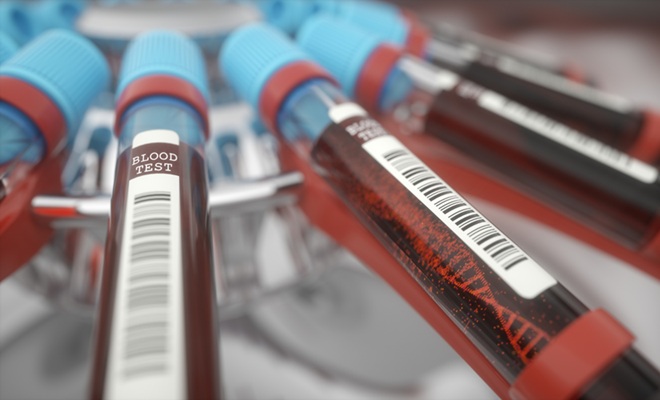
Gene-Based Blood Test Accurately Predicts Tumor Recurrence of Advanced Skin Cancer
Melanoma, an aggressive form of skin cancer, becomes extremely difficult to treat once it spreads to other parts of the body. For patients with metastatic melanoma tumors that cannot be surgically removed... Read more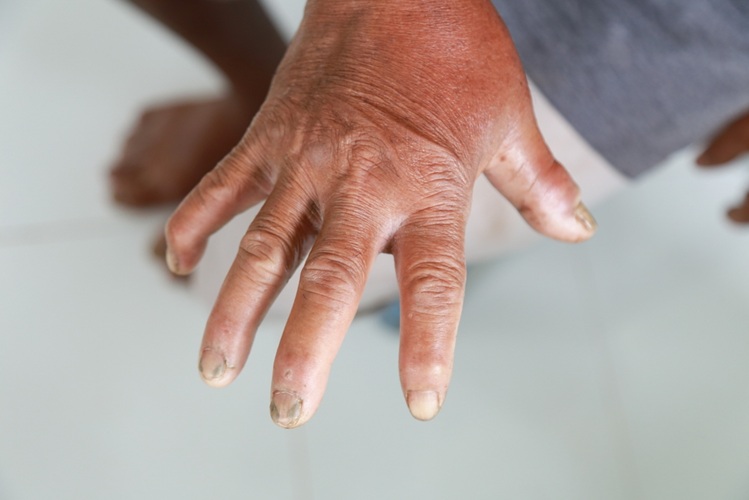
Blood Test Could Identify Patients at Risk for Severe Scleroderma
Systemic sclerosis, also known as scleroderma, causes the hardening of the skin and connective tissues. In many cases, the disease can also damage vital organs, including the heart, kidneys, lungs, and... Read moreHematology
view channel
New Scoring System Predicts Risk of Developing Cancer from Common Blood Disorder
Clonal cytopenia of undetermined significance (CCUS) is a blood disorder commonly found in older adults, characterized by mutations in blood cells and a low blood count, but without any obvious cause or... Read more
Non-Invasive Prenatal Test for Fetal RhD Status Demonstrates 100% Accuracy
In the United States, approximately 15% of pregnant individuals are RhD-negative. However, in about 40% of these cases, the fetus is also RhD-negative, making the administration of RhoGAM unnecessary.... Read moreImmunology
view channel
Stem Cell Test Predicts Treatment Outcome for Patients with Platinum-Resistant Ovarian Cancer
Epithelial ovarian cancer frequently responds to chemotherapy initially, but eventually, the tumor develops resistance to the therapy, leading to regrowth. This resistance is partially due to the activation... Read more
Machine Learning-Enabled Blood Test Predicts Immunotherapy Response in Lymphoma Patients
Chimeric antigen receptor (CAR) T-cell therapy has emerged as one of the most promising recent developments in the treatment of blood cancers. However, over half of non-Hodgkin lymphoma (NHL) patients... Read moreMicrobiology
view channel
Handheld Device Delivers Low-Cost TB Results in Less Than One Hour
Tuberculosis (TB) remains the deadliest infectious disease globally, affecting an estimated 10 million people annually. In 2021, about 4.2 million TB cases went undiagnosed or unreported, mainly due to... Read more
New AI-Based Method Improves Diagnosis of Drug-Resistant Infections
Drug-resistant infections, particularly those caused by deadly bacteria like tuberculosis and staphylococcus, are rapidly emerging as a global health emergency. These infections are more difficult to treat,... Read more
Breakthrough Diagnostic Technology Identifies Bacterial Infections with Almost 100% Accuracy within Three Hours
Rapid and precise identification of pathogenic microbes in patient samples is essential for the effective treatment of acute infectious diseases, such as sepsis. The fluorescence in situ hybridization... Read morePathology
view channel
New Error-Corrected Method to Help Detect Cancer from Blood Samples Alone
"Liquid biopsy" technology, which relies on blood tests for early cancer detection and monitoring cancer burden in patients, has the potential to transform cancer care. However, detecting the mutational... Read more
"Metal Detector" Algorithm Hunts Down Vulnerable Tumors
Scientists have developed an algorithm capable of functioning as a "metal detector" to identify vulnerable tumors, marking a significant advancement in personalized cancer treatment. This breakthrough... Read more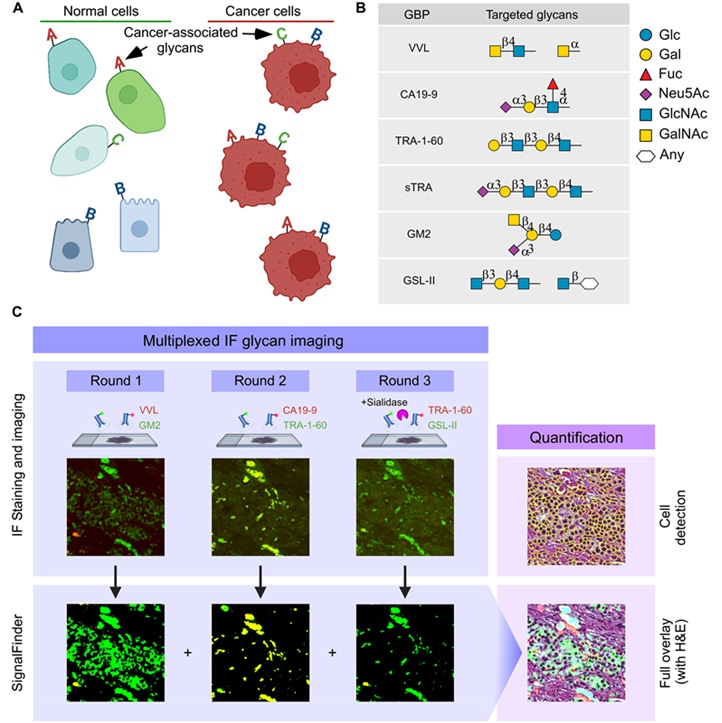
Novel Technique Uses ‘Sugar’ Signatures to Identify and Classify Pancreatic Cancer Cell Subtypes
Pancreatic cancer is often asymptomatic in its early stages, making it difficult to detect until it has progressed. Consequently, only 15% of pancreatic cancers are diagnosed early enough to allow for... Read moreTechnology
view channel
Pain-On-A-Chip Microfluidic Device Determines Types of Chronic Pain from Blood Samples
Chronic pain is a widespread condition that remains difficult to manage, and existing clinical methods for its treatment rely largely on self-reporting, which can be subjective and especially problematic... Read more
Innovative, Label-Free Ratiometric Fluorosensor Enables More Sensitive Viral RNA Detection
Viruses present a major global health risk, as demonstrated by recent pandemics, making early detection and identification essential for preventing new outbreaks. While traditional detection methods are... Read moreIndustry
view channel
Cepheid and Oxford Nanopore Technologies Partner on Advancing Automated Sequencing-Based Solutions
Cepheid (Sunnyvale, CA, USA), a leading molecular diagnostics company, and Oxford Nanopore Technologies (Oxford, UK), the company behind a new generation of sequencing-based molecular analysis technologies,... Read more
Grifols and Tecan’s IBL Collaborate on Advanced Biomarker Panels
Grifols (Barcelona, Spain), one of the world’s leading producers of plasma-derived medicines and innovative diagnostic solutions, is expanding its offer in clinical diagnostics through a strategic partnership... Read more




